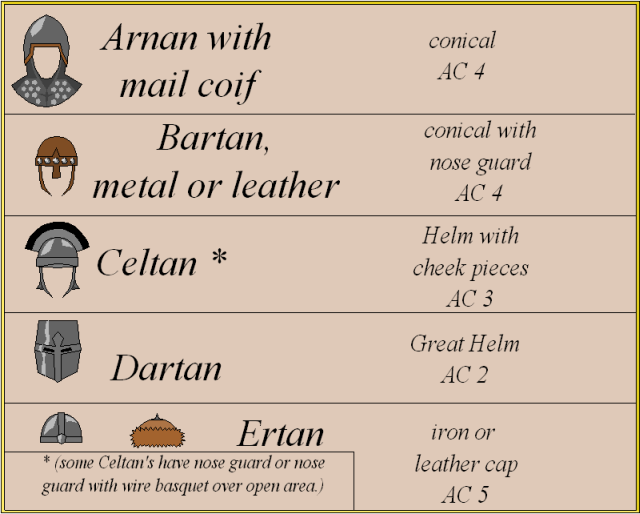overall Humans 575,000 Orcs 15,000 Half-Orcs 80,000 Dark Elves 7,000 Trolls unknown, probably 10,000 to 30,000(city and major town populations will be added later)
"Welcome to Crest of a Star; these maps and other graphics are only for playing D&D type games. They are copyright and not to be used for other purposes. If you have them on your site, please remove them. Thank you."
Hi and welcome to my Crest of a Star site ! This site is my first edition AD&D materials.
I have added to the maps, people, etc. since I bought Campaign Cartographer 2 around 23 or so years ago. I now have CC3+ and all of its add-ons.
Link in the Home text at the top of this drop down will bring you back to the front page of this site.
My other rpg sites below.
Posted
overall Humans 575,000 Orcs 15,000 Half-Orcs 80,000 Dark Elves 7,000 Trolls unknown, probably 10,000 to 30,000(city and major town populations will be added later)
Author
Bill George
Categories
South Hemisphere
Posted
I got many of these terms from one book and modified the meanings to fit my game world. The rest are from my understanding of the books. The definitions of terms I have in this glossary may vary from my interpretation of the same terms.
The name of the book is: ‘The Castle Explorer’s Guide’ by Frank Bottomley published by Avenel Books.
True, its a castle guide. But the first 200 pages is a castle parts dictionary, with illustrations. I found it to be very useful. The castle guide part is a short paragraph on each castle listed taking up the last 50 pages.
Author
Bill George
Categories
Crest of a Star, glossary
Posted
Author
Bill George
Categories
Crest of a Star, glossary
Posted
Author
Bill George
Categories
Crest of a Star, glossary
Posted
my campaign names: AC: visual type: Earth history type: Arnan helm 4 conical metal Norman type Bartan helm 4 conical metal with nose guard Norman type Celtan helm 3 helm with cheek pieces Roman Legion Dartan helm 2 helm, enclosed Middle Ages Great helm Ertan 5 iron or leather cap plain iron or leather cap
Ertan first came about, probably, in Age 5, year and artisan unknown.
Arnan probably Age 5 as well.
Bartan probably Age 5.
Celtan, named after its maker Chago Celtran. He lived sometime in Age 7.
Dartan, named by its maker John Shoethumper. He lived in Age 9, and developed the habit of thumping shoes and feet during battle with his mace.
Some Bartan helms have added cheek pieces.
A nose guard with wire cage, or nose guard, was added to some Celtan helms in Age 10, Year 127 by armorer Yalno Tak-Nok.
Drawn using CC3’s Character Artist.
Author
Bill George
Categories
Crest of a Star, glossary